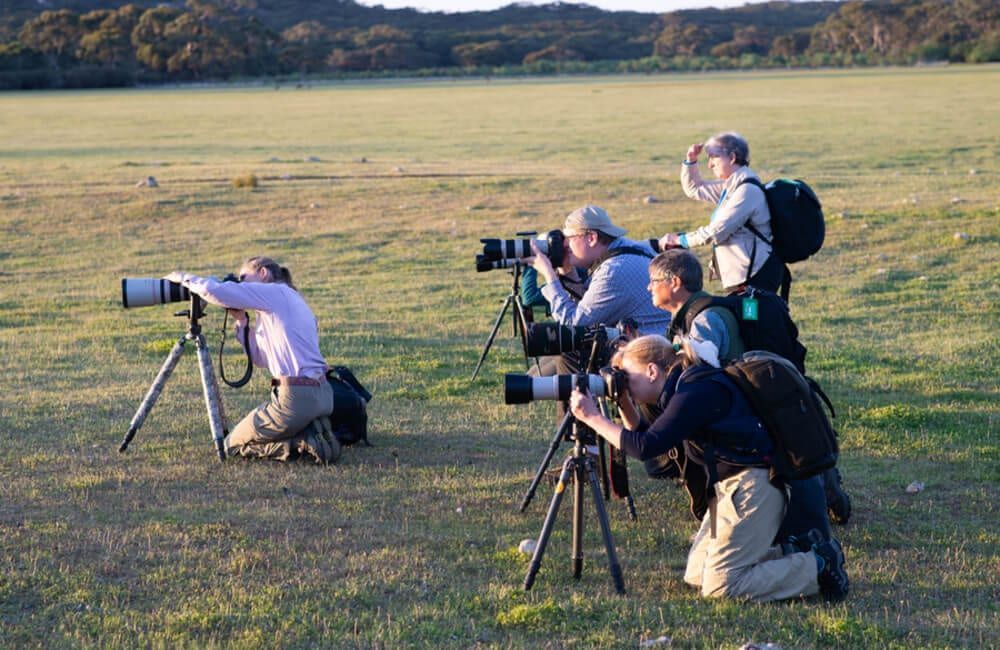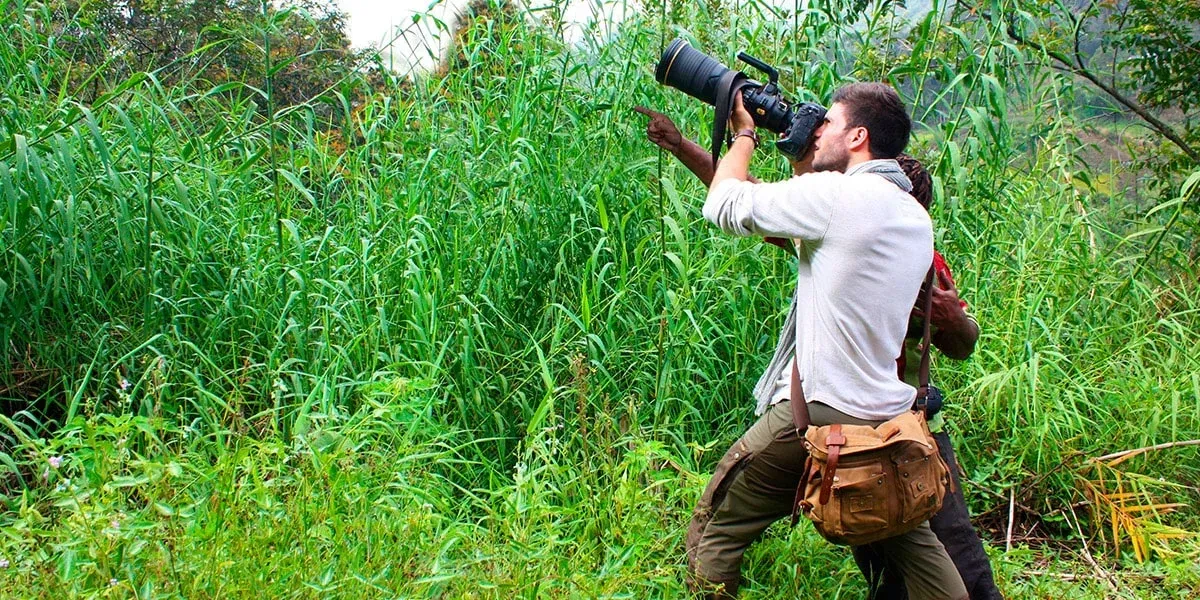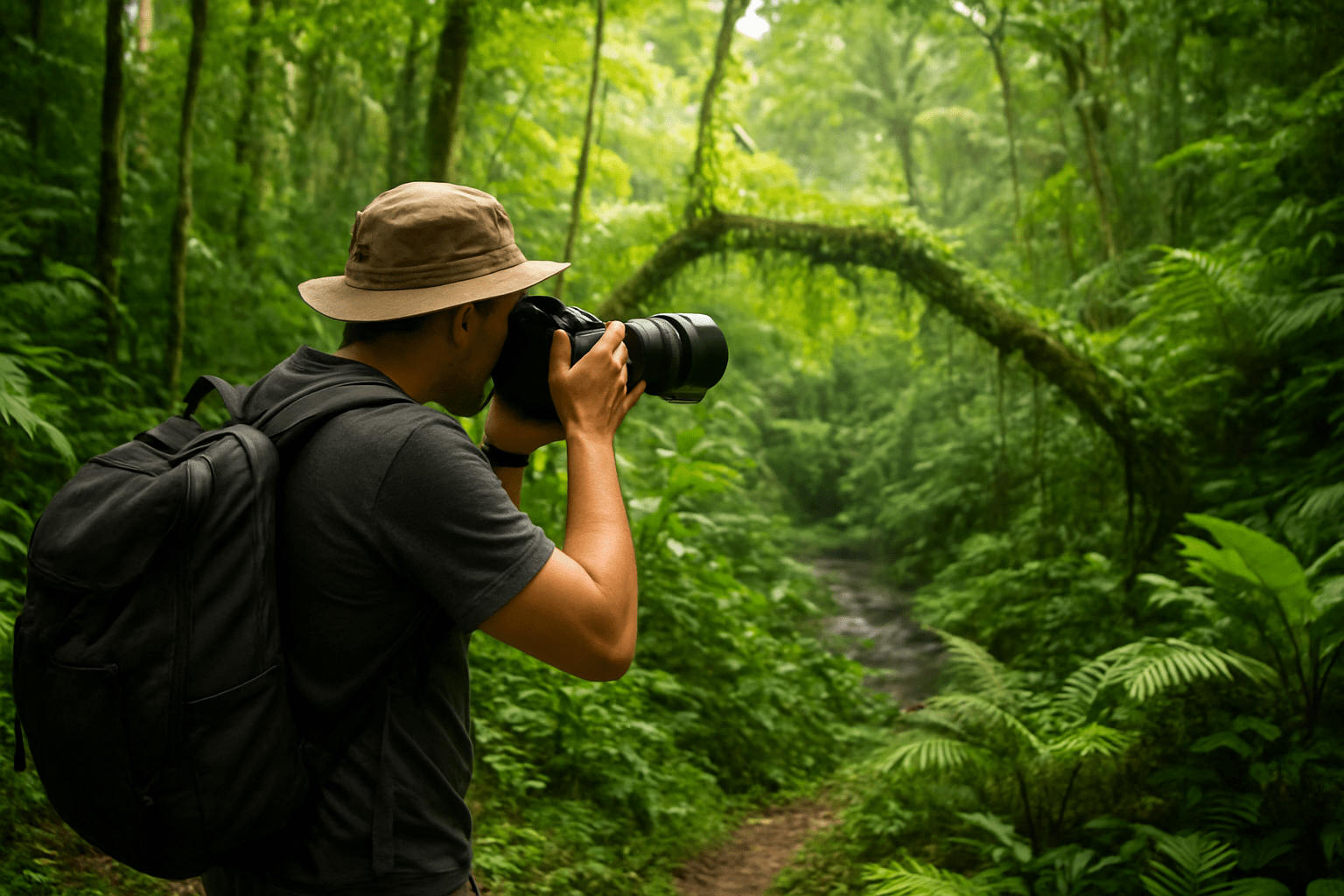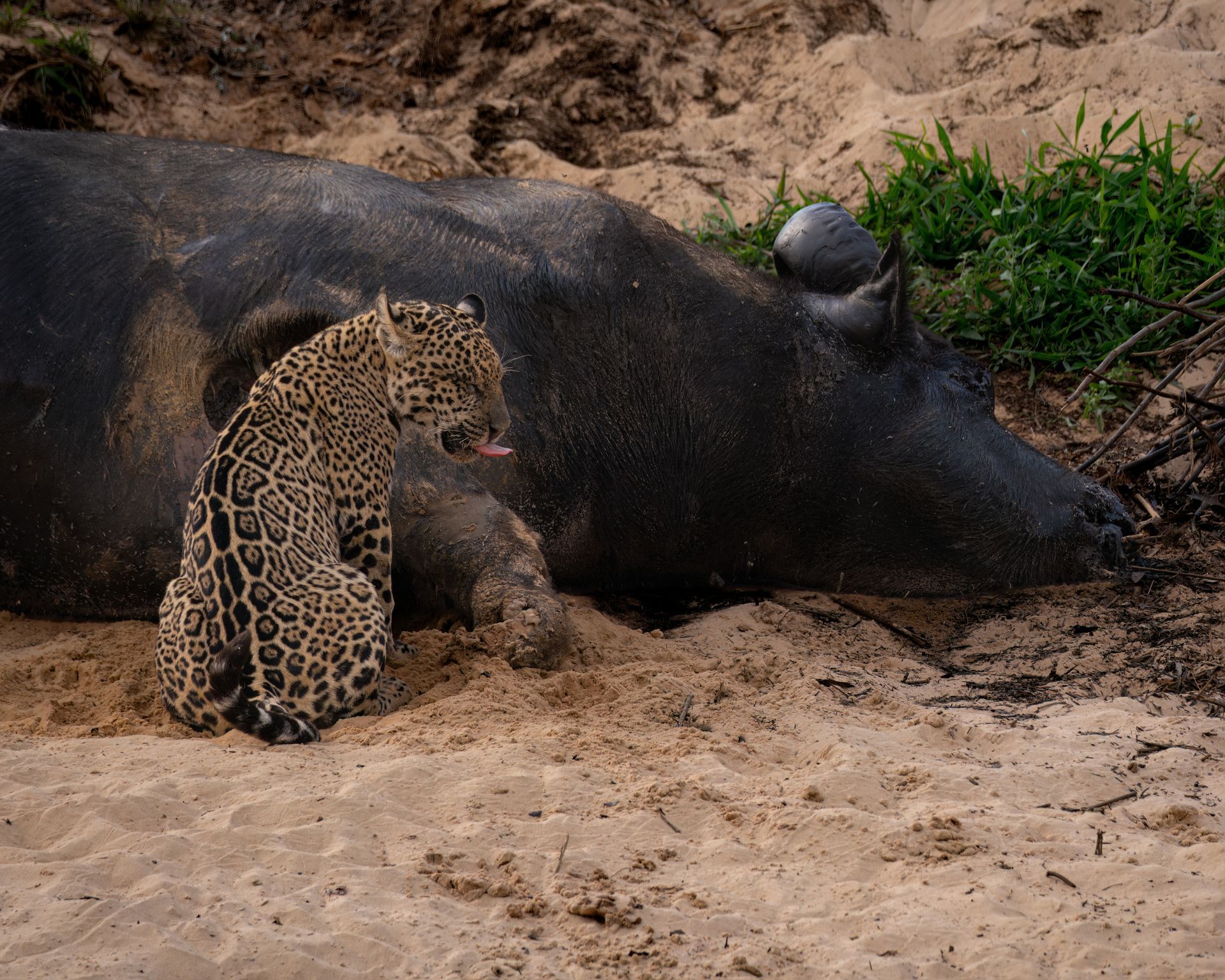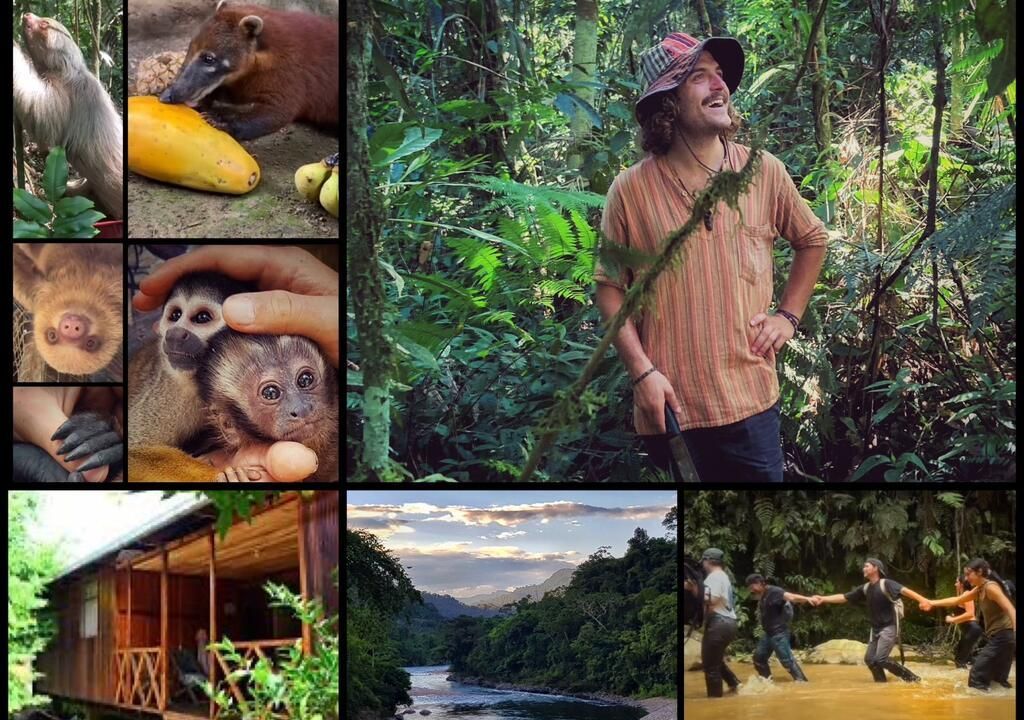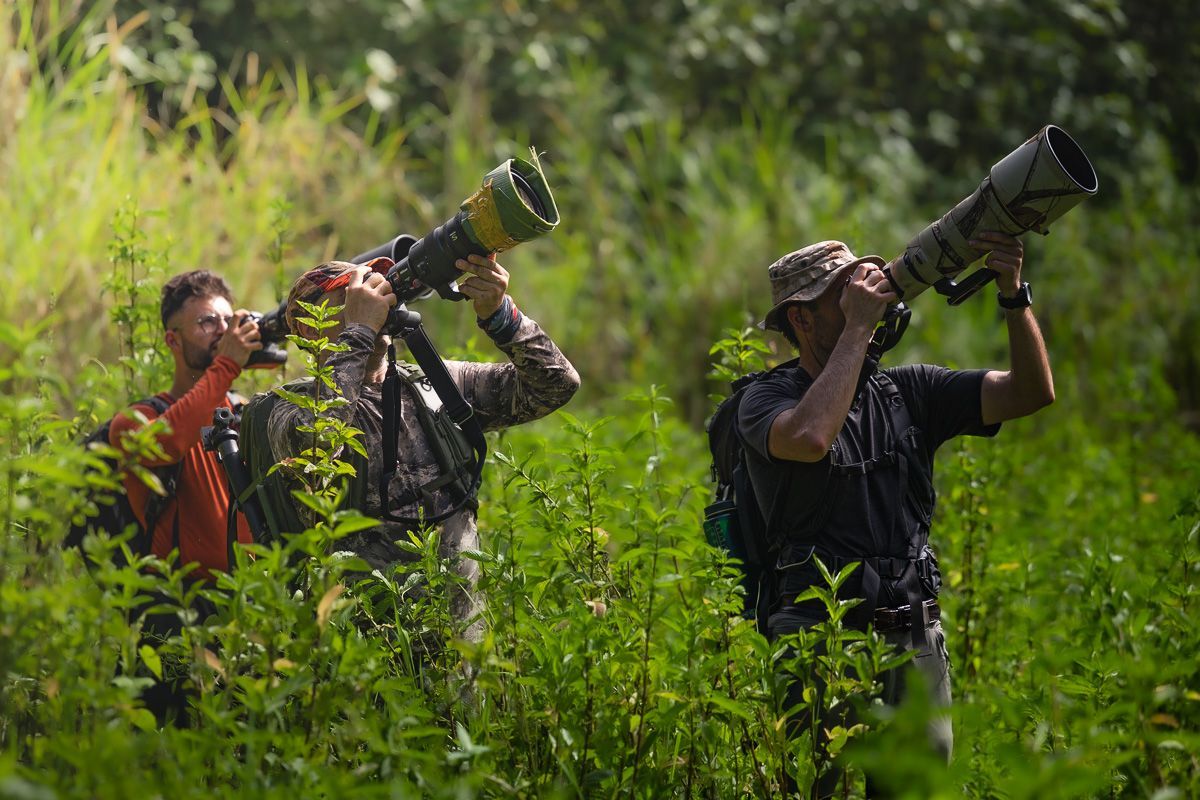Colombia: The Most Biodiverse Country for Bird Photography
Why Colombia is the #1 Destination for Bird Photography
Colombia is a land of staggering natural riches, renowned for its dazzling biodiversity and breathtaking landscapes. Among its many ecological accolades, one stands out above the rest: Colombia holds the title of the most bird-rich country on Earth. For bird photography enthusiasts, this makes Colombia nothing short of a paradise.
With over 1,970 recorded bird species — nearly 20% of the world’s avian diversity — Colombia surpasses countries like Brazil and Peru, despite its smaller landmass. From the cloud forests of the Andes to the lowland Amazon basin, from sun-kissed Caribbean coastlines to the dense Chocó jungles, Colombia offers a vast array of habitats that support this incredible feathered abundance.
Why Colombia Is a Global Hotspot for Bird Photographers
1. Unmatched Bird Diversity
Colombia’s strategic location at the crossroads of Central and South America, combined with its dramatic topography and range of climates, creates ideal conditions for avian life. The country is home to endemic species found nowhere else on the planet, including the Santa Marta Parakeet, Cundinamarca Antpitta, and the Multicolored Tanager. For bird photographers, these rare species offer once-in-a-lifetime photo opportunities.
2. Varied Ecosystems Within a Compact Region
One of the greatest advantages Colombia offers photographers is the ability to explore multiple ecosystems within short travel distances. In a single trip, photographers can move from high-altitude páramos to lowland rainforests, wetlands, savannas, and coastal mangroves. Each region presents a new cast of bird species and stunning backdrops.
For example, the Andes alone are divided into three separate mountain ranges — the Western, Central, and Eastern Cordilleras — each supporting distinct avian communities. This geographical diversity makes it possible to photograph hummingbirds in misty cloud forests in the morning and spot toucans and macaws in tropical lowlands by afternoon.
3. Iconic and Colorful Species
Colombia is famous for its brightly colored and charismatic birds, which are ideal subjects for photography. Some standout species include:
- Andean Cock-of-the-Rock – A brilliant red-orange bird often photographed in lekking sites in the Andes.
- Toucan Barbet – A vividly marked bird of the western Andes with a comical expression and striking colors.
- Sword-billed Hummingbird – Known for its impossibly long bill, this hummingbird is a dream subject for macro shots.
- Rosy Thrush-Tanager – Shy and rare, but a treat when spotted through the lens.
- Santa Marta Brushfinch – Endemic to the isolated Sierra Nevada range and a prize for bird photographers.
Key Regions for Bird Photography in Colombia
1. Santa Marta Mountains
The Sierra Nevada de Santa Marta is an isolated mountain range rising abruptly from the Caribbean coast. It holds the world record for the most endemic birds in any single mountain range. Photographers can target 20+ endemics, including the Santa Marta Warbler, Santa Marta Antpitta, and the White-tailed Starfrontlet. The scenery is equally photogenic, with misty forests, hidden trails, and ocean views.
2. The Chocó Region
This is one of the wettest and most biodiverse areas in the world, stretching along Colombia’s Pacific coast. The lush rainforests support a wealth of species, many of them shared only with neighboring Ecuador. Must-shoot birds include the Empress Brilliant, Black-tipped Cotinga, and the endemic Baudó Oropendola.
3. Andes and Cloud Forests
Reserves around cities like Medellín, Manizales, and Bogotá offer fantastic high-altitude birding. Places like Rio Blanco and Jardin host antpittas, tanagers, and woodpeckers at close range. Feeders attract iridescent hummingbirds and colorful tanagers, providing ideal conditions for detailed, close-up photography.
4. Amazon and Orinoco Regions
The Amazonian departments of Leticia and Guainía are gateways to photographing large parrots, macaws, and forest species like the Hoatzin. The Llanos (Orinoco grasslands) are known for bird-rich wetlands, where jabirus, ibises, and herons pose amid dramatic sunsets.
5. Valle del Cauca and Tatamá National Park
Accessible yet still rich in endemics, this region in western Colombia is home to species like the Gold-ringed Tanager and Chestnut Wood-Quail. The scenery is fantastic, with cloud-covered mountains and waterfalls adding atmospheric depth to any wildlife image.
When to Visit
Colombia is a year-round bird photography destination. However, the dry seasons — typically December to March and July to August — offer the best light and more predictable travel conditions. Bird activity can be high during these months, especially in montane areas.
Migratory birds also pass through Colombia between September and May, adding variety to local avifauna. Regions like the Caribbean and Pacific coasts see increased activity during these times.
Photography Tips for Colombia
- Use local guides: Colombian birding guides are knowledgeable, passionate, and often have expert insight into local bird behavior and photography setups like feeders or blinds.
- Bring a versatile lens kit: A 300mm–600mm lens is ideal for capturing birds at a distance. Wide angles are also useful for landscape shots that include birds in habitat.
- Prepare for varied conditions: You’ll encounter everything from steamy rainforest to cool mountain air, so pack accordingly for both gear and clothing.
- Respect conservation rules: Many reserves have regulations to protect vulnerable species. Always follow ethical bird photography practices.
Bird Photography Tours in Colombia
A growing ecotourism sector means Colombia now has a wide range of birding lodges, photography-focused tours, and accessible reserves. Locations such as El Dorado Lodge, Montezuma Rainforest, and Tinamu Reserve offer comfortable accommodations with expert guides and bird blinds designed for optimal shooting conditions.
Professional tours often include transportation, birding permits, and meals — taking the logistical load off photographers and allowing them to focus on what they love most: capturing extraordinary bird images.
Conservation and the Future of Bird Photography in Colombia
Bird photography also plays an important role in conservation. By showcasing Colombia’s natural heritage, photographers help raise awareness and support for protecting its ecosystems. Many community-based reserves benefit directly from eco-tourism, reinforcing the value of preserving habitats for future generations of both birds and photographers.
Colombia’s post-conflict peace process has opened more areas to tourism than ever before. While infrastructure is still developing in some regions, the country has become significantly safer and more accessible for international travelers.
Final Thoughts
Colombia’s unmatched bird diversity, ecological variety, and growing birding infrastructure make it the ultimate destination for bird photographers. Whether you're capturing the iridescent plumage of a hummingbird, the theatrical dance of a Cock-of-the-Rock, or the subtle beauty of a forest antpitta, Colombia offers an experience like no other.
For serious photographers and passionate nature lovers, Colombia isn’t just another birding destination — it’s the pinnacle of avian photography. With each frame, you’ll not only document a species, but also tell a story of one of the planet’s most extraordinary natural landscapes.



